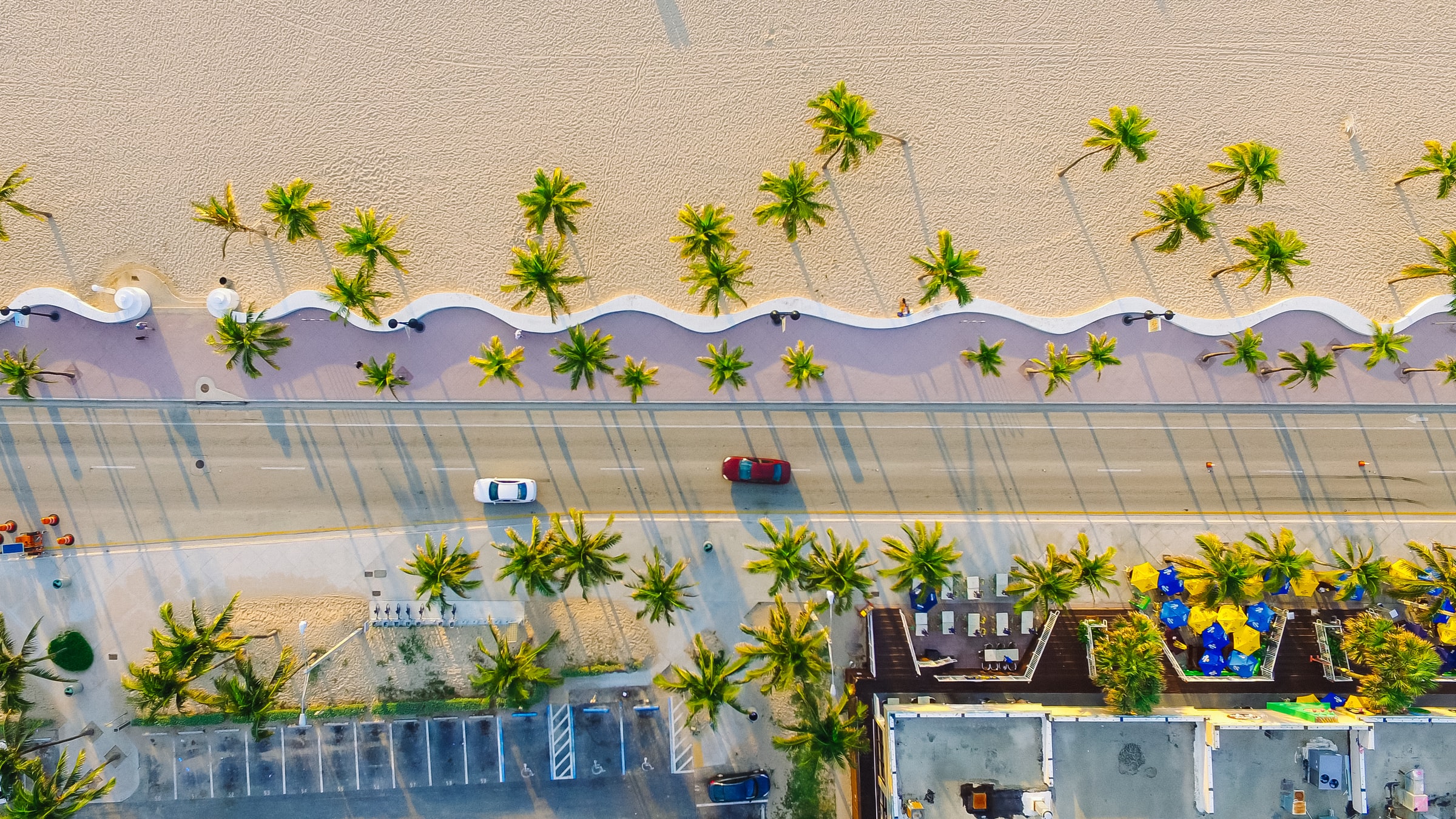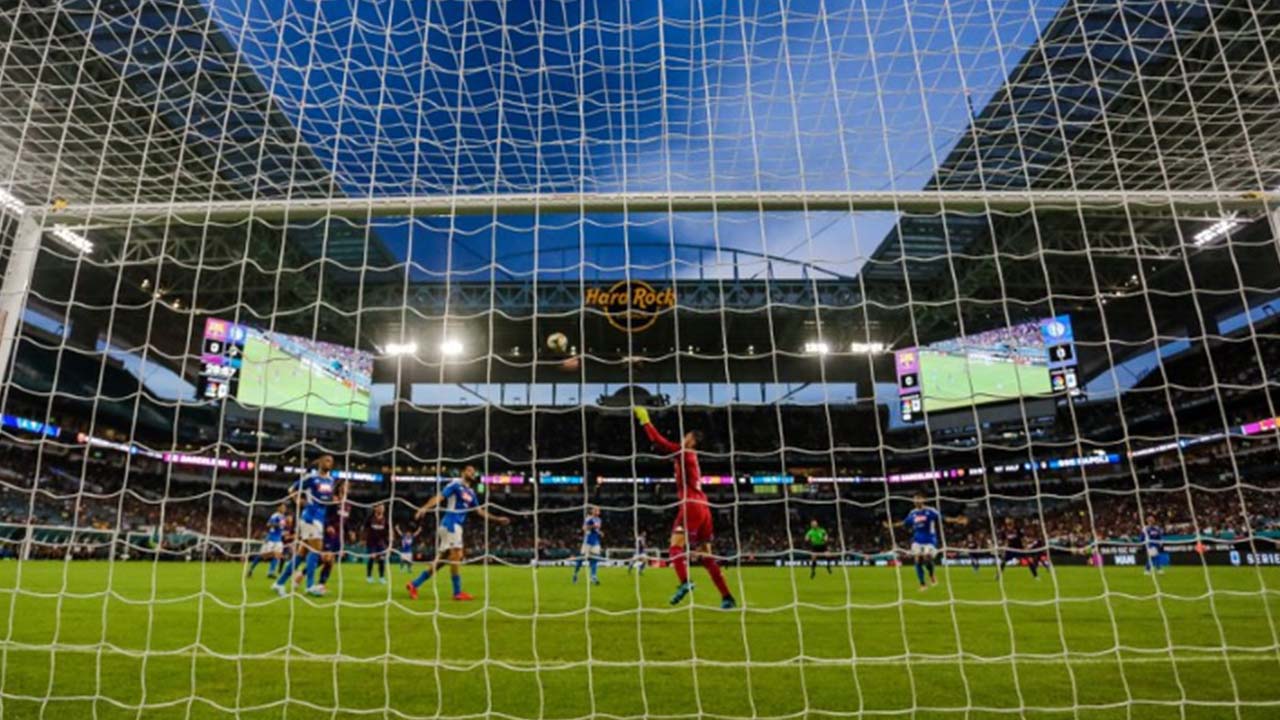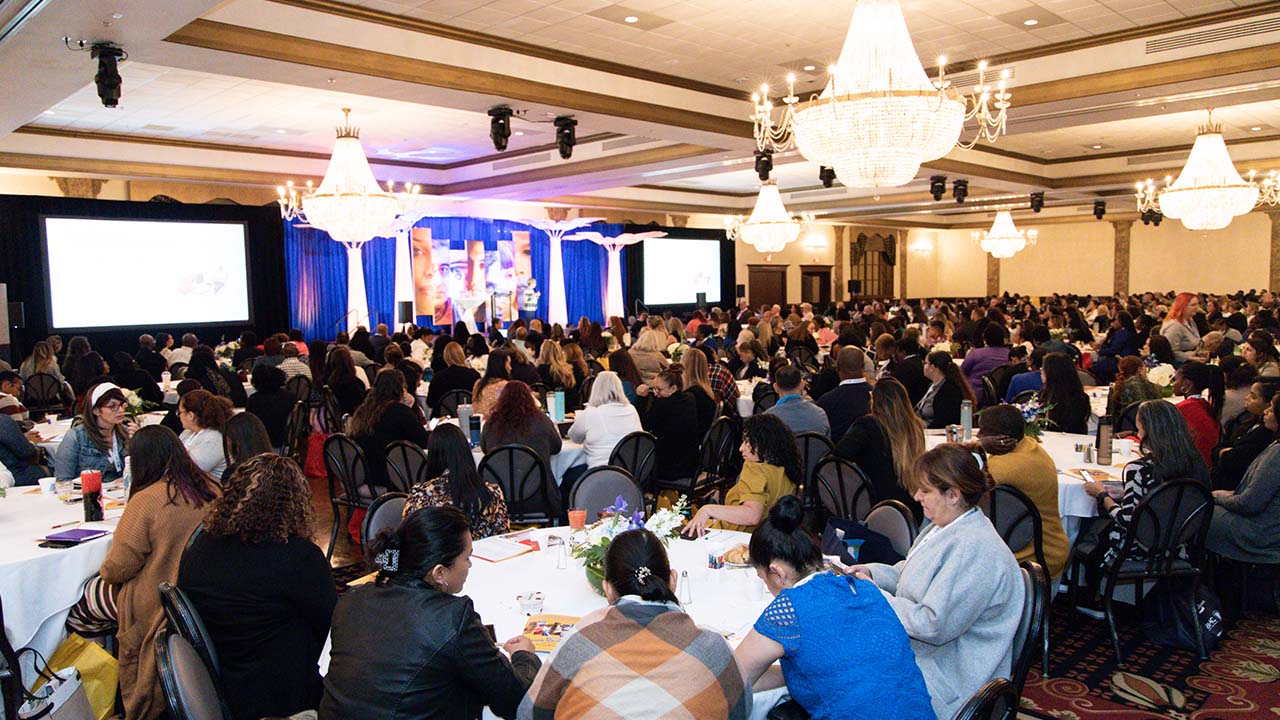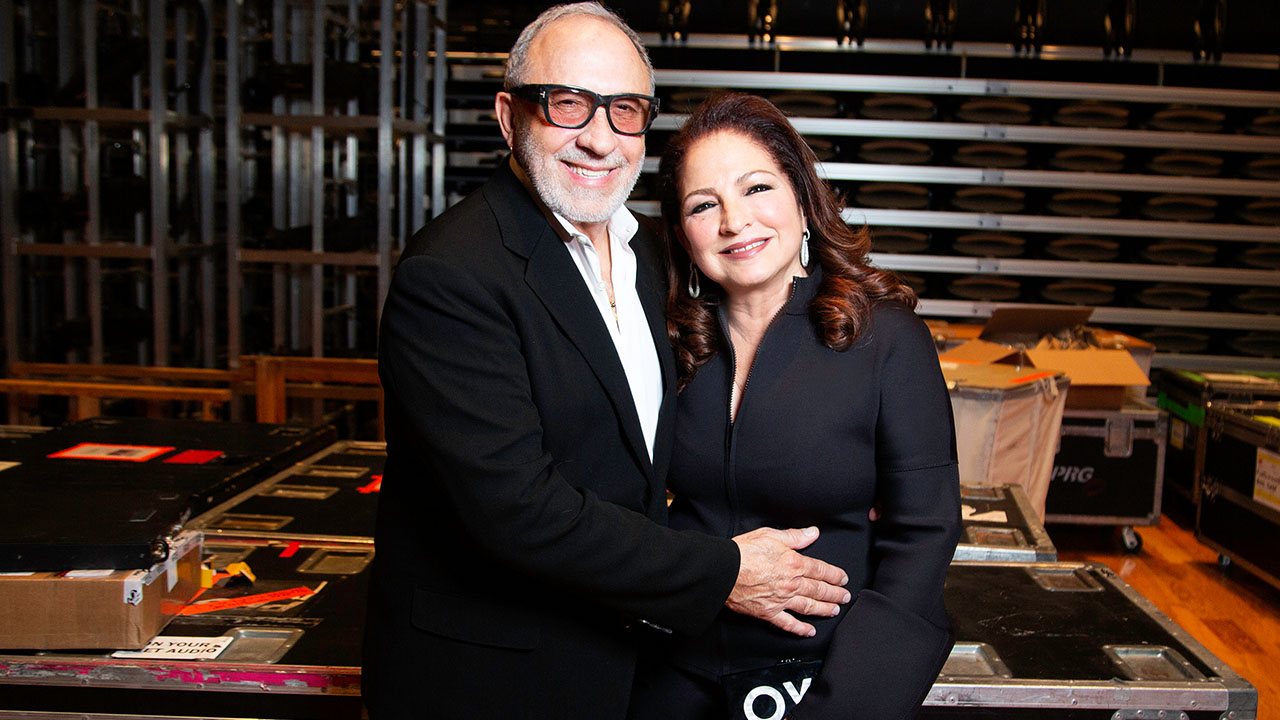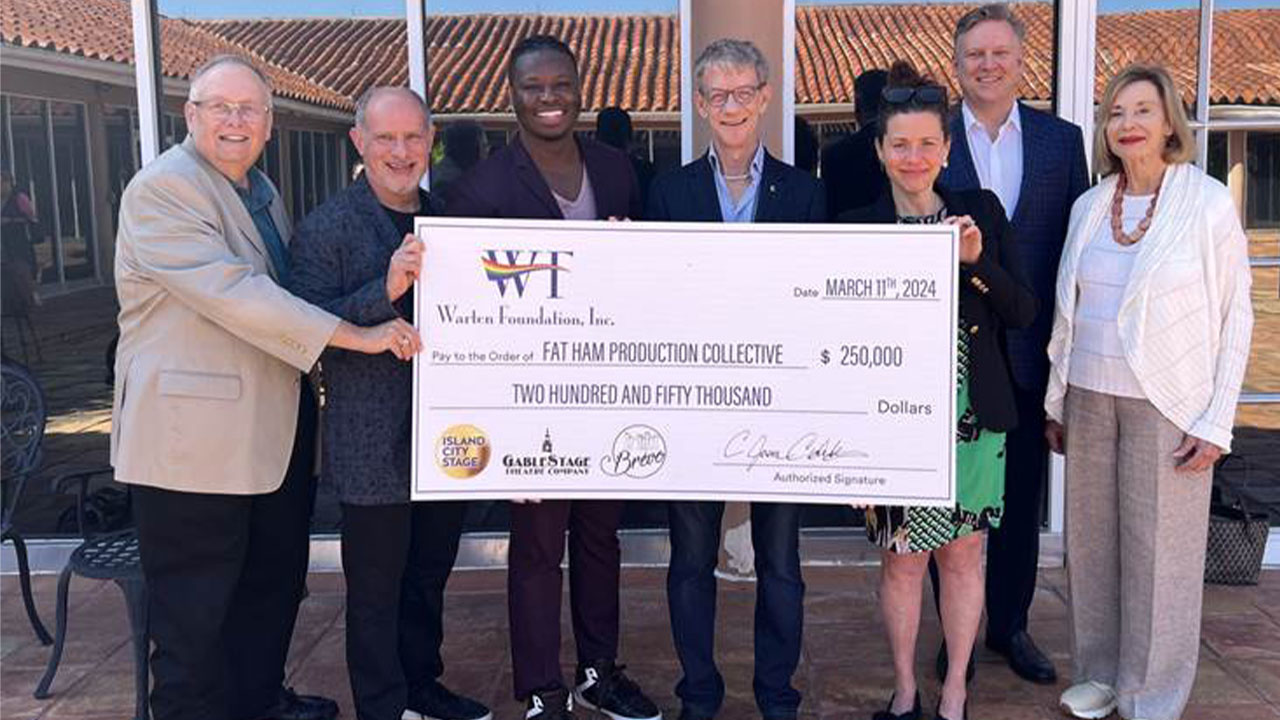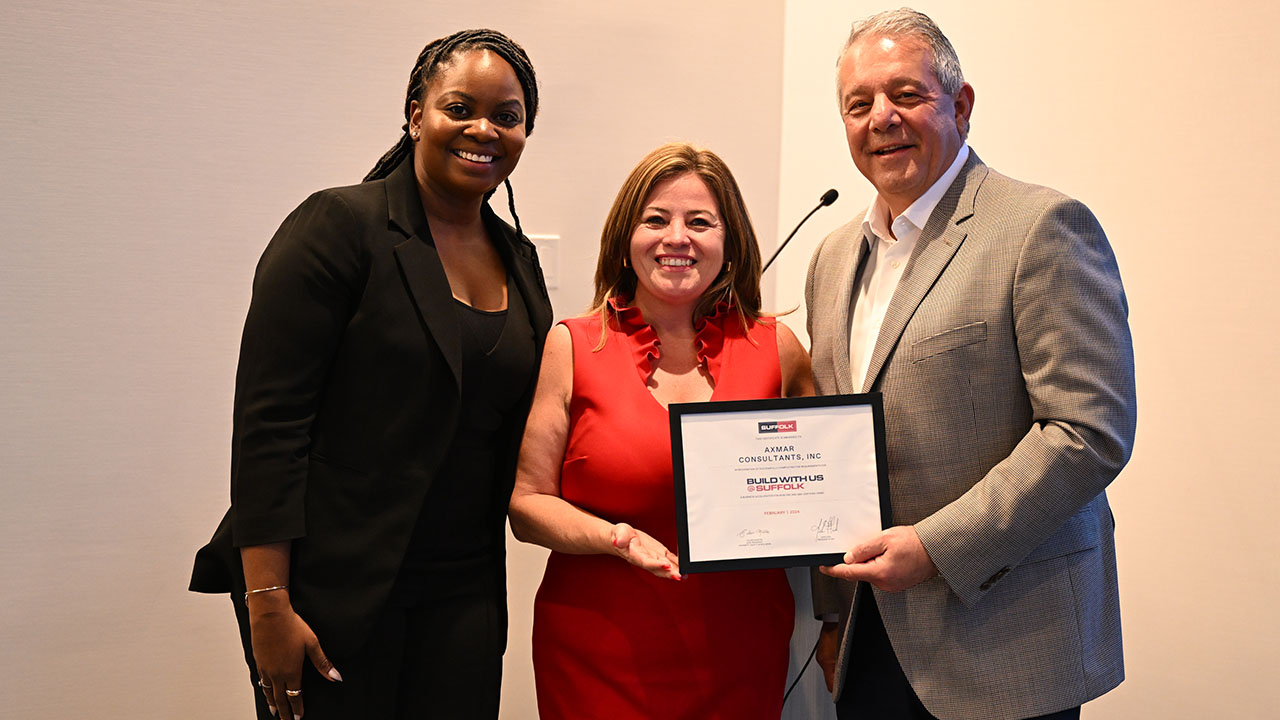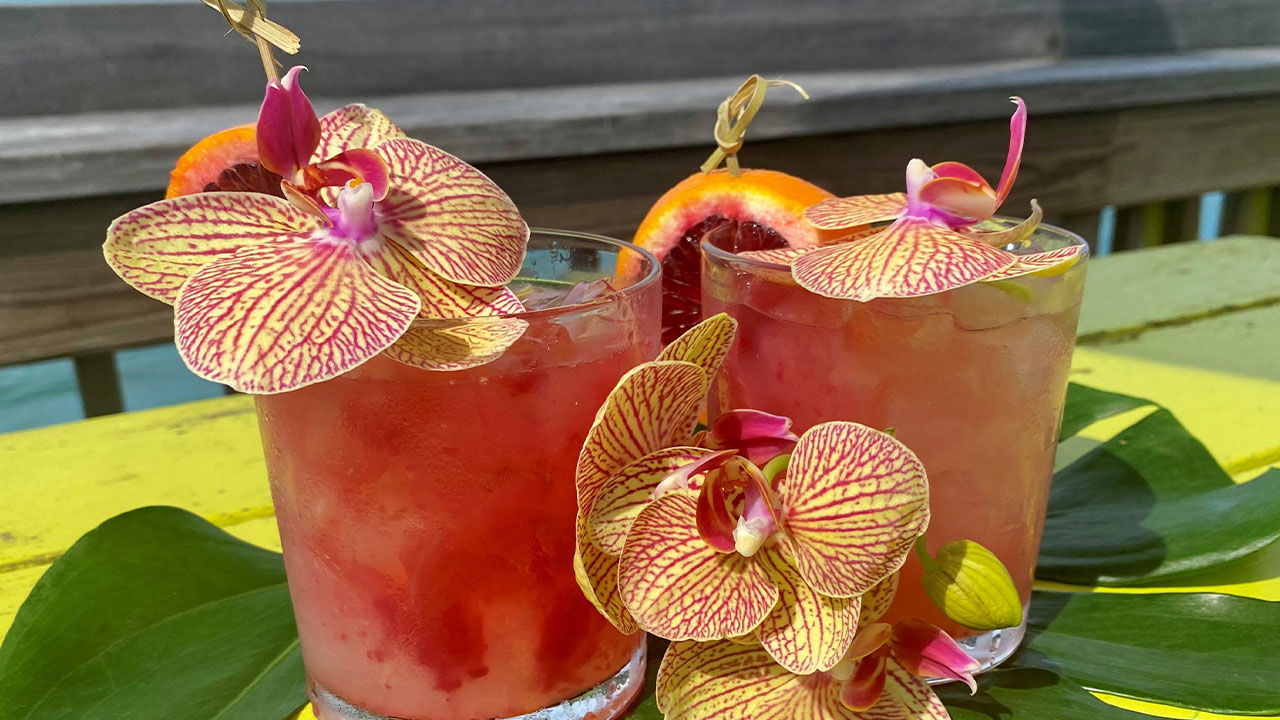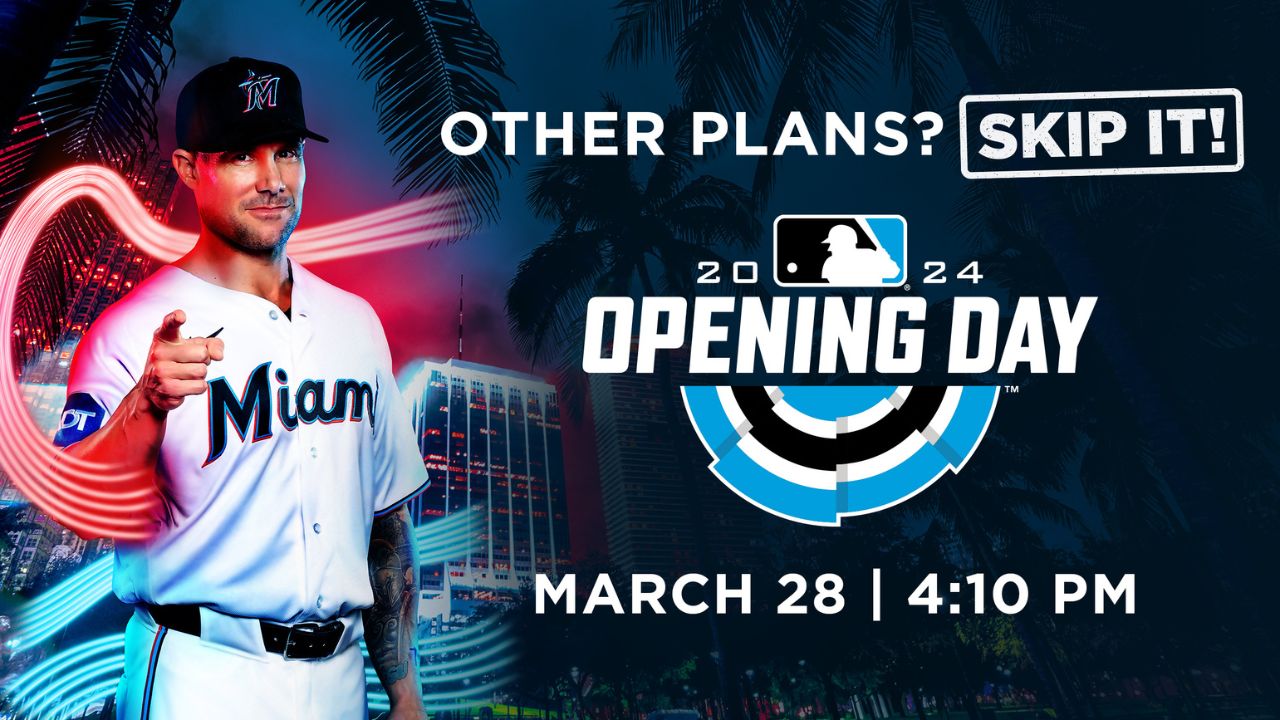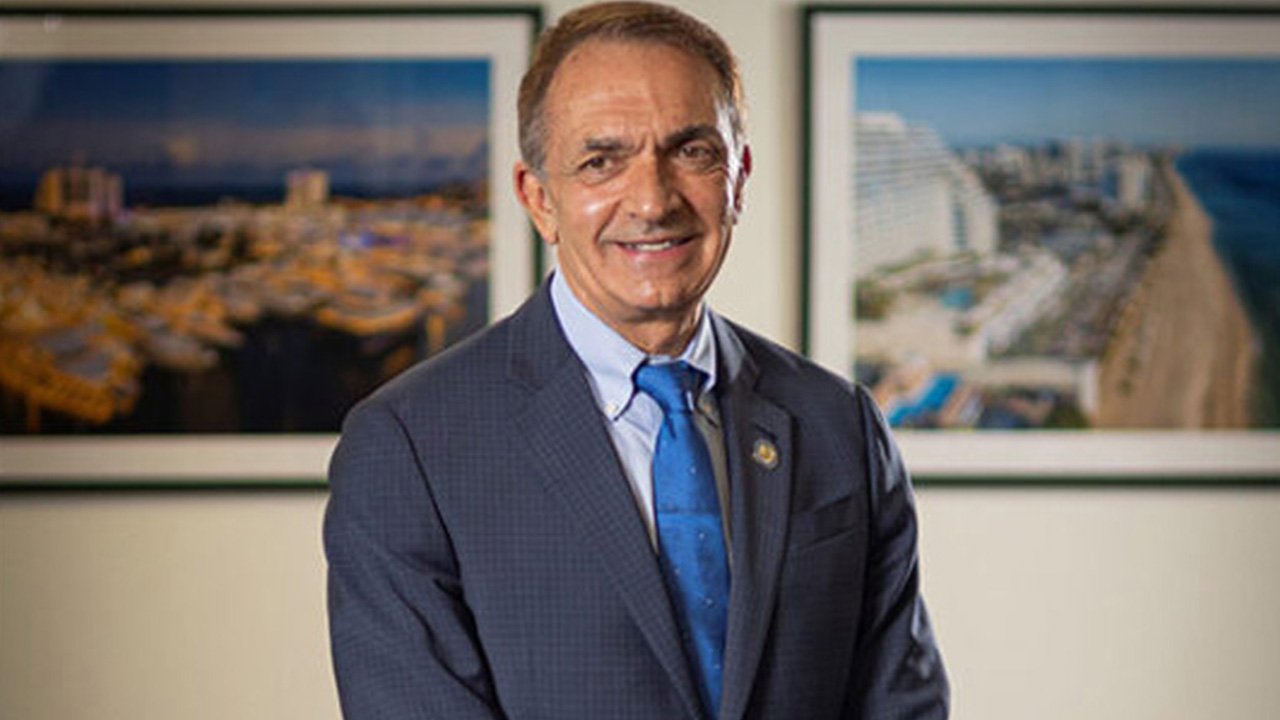As part of SFBW’s Virtual Connect series, editor-in-chief Drew Limsky hosted a roundtable talk about the transportation trends affecting cities today—along with the most promising solutions for a more equitable, efficient and productive future.
Anthony Abbate, professor at Florida Atlantic’s School of Architecture, moderated a discussion between Greg Stuart, executive director of the Broward Metropolitan Planning Organization, Alex Marshall, journalist and author of How Cities Work: Suburbs, Sprawl and the Roads Not Taken, and Erin Aleman, executive director of the Chicago Metropolitan Agency for Planning.
COMPETING SYSTEMS
Limsky: Today’s topic is transportation. You can’t seem to escape discussions of infrastructure, and transportation ties in beautifully given our unique problems, challenges and opportunities in South Florida.
Abbate: South Florida as a region has seen some spectacular growth in the last 10 years. We’ve seen the region grow exponentially over the last 100 years. These growth spurts are nothing new, and if you’ve lived here long enough you start to get used to them. In 1900, the predominant mode of transportation here in South Florida was the canoe or the barge. By 1920, it was the railroad and a few horseless carriages. By the middle of the 20th century, the motor vehicle, cars and trucks, became the dominant mode, while our connection to the world was expanded by aviation and the development of our ports. Each of these modes have left its mark and legacy on our landscape. As we look at these modes, we can see that they are opening up new opportunities or adapting to new situations. For example, trains, a legacy mode, has been updated with Brightline and Virgin. This has led to real estate opportunities, building on the renaissance of our eastern urban centers. We also have Lyft, Uber and urban electric scooters that provide alternatives to automobile ownership. Will these modes provide a glimpse of what lies ahead? Will we update other modes? Will new modes emerge? And, perhaps more significantly, how do such choices impact the character of our cities and communities?
Marshall: It’s difficult to predict which transportation system is going to win out. There’s a lot of irons in the fire now. There’s talk of more electric cars, of driverless cars, and it’s unclear who will be in control of those systems. Is it going to be mostly the public sector, which I would advocate to some degree? With a region like Broward County, the smartest bet is to try to prepare for multiple futures and to not overinvest in any one system, and also not throw away an older system. The stuff going on with trains, like Brightline, is an example of how you can reuse and adopt older systems. The public and government have a central hand here. Years ago in Broward County, I was in a transportation seminar about public policy. A transportation engineer stood up and said something I’ve repeated many times: “Transportation is a system. You can’t have a little bit of transportation.” I took it to mean that this is why the public and government is so important. To really get a system you have to have a lot of government involvement. That’s true with the road system. It’s true with the train system. And it will be true with whatever comes next. The point is to have a balanced transportation system. As I’ve said in my books, you’re not just choosing how to get around, you’re choosing how you live.
Abbate: Erin, any thoughts on how these choices impact the character of our cities and communities?
Aleman: From your neighbors to the north here in Chicago, when we think about our region and our transportation system, it’s not just about the transportation mode itself, it’s about the people. Making sure that people can get to the places that they need to go efficiently and effectively. One of the things that the pandemic has done is recognize how stressful sitting in traffic can be. People are also looking at the regional assets that they have, like parks and open spaces, so we’re making sure that the system connects people to not only jobs, but to high-quality assets like that.
Abbate: The [metropolitan planning organization] has been busy planning for the future and has recently released an ambitious plan called “Vision 2100,” which is a look at transportation, transit, technology, climate change and equity in housing. Tell us about that.
Stuart: Transportation is everything; it wraps around itself. To get to a park, to get to an educational facility, just to get to your neighbors, you’re going to depend on the transportation system. You’re going to be impacted by it one way or another. Our board is required by federal law to look 25 years into the future, every five years. But we didn’t want to stop 25 years in the future. We wanted to go out to 2100. We wanted to lay that path, that foundation for how our businesses are going to be able to work together, what kind of jobs are going to be here, what type of residential units we’re going to have, what type of impact we’re going to have by climate change, what type of impacts we’re going to have by an ever-growing population of educated folks, as well as the folks that are moving here from other countries that might come from higher-education levels or lower-education levels. How do they blend into this mix that we call southeast Florida and our home? So the vision idea was, let’s have the conversation of what this may look like. We know about Brightline, our privately run rail system that runs up and down the traditional FEC corridor—Florida East Coast Railway, which went through the original cities here in southeast Florida. But there’s more than that. What does the bus system look like? What is that next system going to be? What about autonomous vehicles? What is it going to look like for product delivery? What does it mean to be an employee or an employer, and how do employees go from the remote environment that COVID has taught us to a physical environment that we’re most familiar with? We wanted to not stop at the transportation side, knowing that transportation was going to govern a lot of the issues.
CAR CULTURE
Abbate: Erin’s from Chicago. Chicago is an older city, but it’s known for thinking big and its inventiveness in many areas. A recent exhibit at the Chicago Architecture Center called No Small Plans highlighted the plan of Chicago from 1909, and that plan included, interestingly, a classroom textbook that explained the city plan to schoolchildren. That was called the Wacker’s Manual. It was an eighth-grade textbook, and it was a tool to promote the city’s plan to turn Chicago into a great metropolis. Its adoption was based on a powerful assumption, according to its author, Walter Moody, and that is that everyone is a planner. Erin, can you tell us about that early vision and what it led to, and some of the latest initiatives of the city, such as the Equitable Transit-Oriented Development, or eTOD, policy?
Aleman: I love that saying, “Everyone is a planner.” We are in a unique place in the region where lots of people really feel like they do have this ability to contribute to their communities in meaningful ways. What was so critical about that 1909 plan was that the Wacker Manual was used in schools for over three decades. That history and institutional knowledge about how you plan communities is really in our fabric here in the city of Chicago and the region. The city right now is updating their long-range plan and it’s the first time it’s been done in decades. They’re calling it “We Will Chicago.” Our role as the regional planning agency has been to help support them as they think about engagement of the city’s residents. As you think about thinking big and the history of the city of Chicago, maybe you’ll have heard of Montgomery Ward, a huge civic contributor to the city of Chicago. It was his vision that the lakefront should stay free and open to the public, that it didn’t become this privatized asset. He felt that the city’s residents needed to have that free and open access to the lakefront. That was one of the big ideas that came out of the 1909 plan of Chicago. And we have one of the oldest transit systems in the nation here, too. It’s historically been the backbone of the city. And we saw how important transit was related to the pandemic. We kept our transit systems fully operational to make sure that people could get to the downtown institutions throughout this past year and a half. So when I think about a transportation system, it has to be multimodal. The city of Chicago has a transit-oriented development policy and it’s really focused on building up those areas around the transit stations and thinking about how to do that more equitably. We’ve been helping think through a number of transit stations and the land use around those transit stations in terms of how they’ve been [underused] and how you can use those as economic drivers to help communities grow and sustain growth over time.
Abbate: Florida seems largely designed for the automobile. The Florida Department of Transportation tells us that the average Floridian has access to about 600,000 jobs within a 40-minute drive but only 18,000 jobs within a 40-minute transit trip. In Chicago and New York, it’s probably the opposite. It seems to me that we probably have too many eggs in one basket when it comes to transportation modes. And in the world of science, there’s an emerging field of study that challenges the notion that competition drives survival. It’s being replaced with an idea that has to do with complexity and cooperation for mutual survival, resilience and transformation. Perhaps we can touch on what’s needed for South Florida to advance a resilient transportation network and set the stage for sustained future prosperity. Is the single-occupant vehicle really the best option for our future?
Marshall: We have been in a very heavy, panting relationship with the single-occupant vehicle for about 100 years. It’s been a productive relationship in some ways, destructive in some ways, a mistress we can’t get away from. For the newer cities, such as most of Florida, that’s been the transportation they’ve developed around, even though you have these train lines, canals and shipping. Going forward, try to use the growth to build a more-resilient, varied place. It’s good to be able to travel at different speeds. Not only 50 mph in a car, but 15 mph on a bike, or walking. Each of those have different pleasures and different development patterns that can be associated with them. There is a tension between these modes, and they have to fit together, which can be challenging. But if you can fit the interstate highway-style roads with the surface roads with the bike paths, train lines and bus systems, if you can get all those parts together, you can build a better place. It’s the institutional challenges that are almost always the most difficult. Why do we have a relatively poor train system along the east coast? The technical challenges could be surmounted.
THE LAST MILE
Abbate: I’m looking at the success of regions like Chicago and thinking that we have 33 local governments to deal with, but Erin, you’re working with 284 municipalities and seven counties. How does that happen? How do we get on the same page?
Aleman: Our region goes from pretty urban to pretty rural within about a 60-minute drive. With some of the climate-mitigation strategies that we’re working on in some of the inner-ring suburbs, when I go out to other parts of the region, I have to talk about the real impact that has on their economy, their agricultural economy, and start from those perspectives. How do you show transparency? How do you show return on investment? We should start to build a better mouse trap in terms of how we think about designing our cities, designing our transportation infrastructure, so people can have access to more jobs. It doesn’t have to be heavy rail. It could be bus rapid transit. Our economy is changing, too. Our jobs centers aren’t all downtown, but our transit system takes everybody downtown. Our role is to work with government to say, “Here are a couple of alternatives for how we could invest these dollars, and here is the benefit to your stakeholders.”
Abbate: There are two drivers that transformed our region: technology, the disrupters. For the technologies, the dredge—which created the canals and the dry land—mosquito control, the automobile and air conditioning have all had major influence during our first 100 years of development. Then there were the disrupters, such as the Great Fire of 1912 in Fort Lauderdale, the major hurricanes that culminated with Andrew in 1992, which led to a complete overhaul of our building codes. The most recent disrupter is the pandemic, and I’m sure it’s not going to be the last. [Before] COVID-19, 76 percent of the labor force drove to and from work alone. In December of last year, 71 percent were working from home, according to the Pew Research Center.
We can now forecast another disrupter which is climate change. In the Southeast Florida Regional Climate Compact, which published its third update in 2019, the sea level rise projections say that by 2120—just 20 years after the 2100 vision—the rise is projected to be as much as 11 feet, four inches. What will the next 100 years look like?
Marshall: I’m not a technological determinist. Technology doesn’t have a will of its own. It’s shaped. It’s not good nor evil by itself. And to pick up another theme, you have to cooperate to get stuff in some sort of system. It’s easy to forget that the whole internet is a giant creation of DARPA, the Defense Department, and the silicon chip goes back to investments made after World War II. Communication and transportation is a fascinating thing to me because they used to be separated in my mind. One of the biggest innovations is the city defined by its data. In many cities, there’s more and more data collection of how hot the pavement is, where the traffic jams are occurring, where crime is occurring, all sorts of stuff. And there are people now that are integrating that in real time so that can affect how you can shift resources to the places that need them. Then there’s the question of who is in charge of that data. So where are we going in the next 100 years? A lot of it is, what will we manage to cooperate on?
Abbate: Having lived here most of my life, I have to wonder whether more efficient ways of getting around are even feasible for us, even though they do seem to make sense. So I’m encouraged by this “Vision 2100” plan, but I want to know more detail. What needs to happen? What are some major policy changes that we need?
Stuart: You’re looking at the shifting of resources. We have a pretty good interstate highway system. Do we want to shift resources away from the highways and place them on the arterial network? What would that mean for business owners on the arterial network? One of the things we’ve been focusing on at the Broward MPO for the last 15 years is that last-mile connector. We may not yet have the robust transit system that our friends in Chicago, New York and even Atlanta have, but the reality is that if we can put the last small connectors together to our corridors, then the corridors become more about moving people than just cars. Then we’ve created that network.
Abbate: You brought up an interesting topic which is the final topic in the session. It’s the last mile. In transportation planning and supply-chain management, the last mile describes the critical last leg of a journey. Erin and Alex, you live in cities where the last mile looks a lot different than it does in Florida. Can we address what this might mean for us in terms of how it expands opportunity and economic prosperity. What does that last mile look like?
Aleman: The grass may seem greener, but we here in Chicago talk about that last-mile connection all the time. It’s about aligning all of the assets you have and thinking about whether the real estate industry pushes people toward places where they have to drive. The standard has been that everybody drives alone, so you need this many parking spaces. What if you were to turn that on its head and expect that half of your employees might come from transit? Would you choose a different location for your business? Think about how we harness all of that big data to better manage our curb space. If your downtown main street is congested, that’s a good thing because it means people are going to your businesses, but it does get frustrating.
Limsky: A question from the audience: While improving South Florida’s transportation system is not a quick fix, what is the shortest-term improvement that could have a positive impact?
Stuart: The fastest impact we’ll see is the return of a commuter rail service on the Florida East Coast Railway. That will probably have the fastest impact that can be done in a five-year period, where connecting the eastern and traditional urban core downtowns together will have a very fast impact on transportation. Most of those very same trips that will be on that rail actually occur on [Interstate] 95, our major north-south expressway. So if we were able to move 20 percent or 30 percent off of the interstate highway system and over to the rail system because people are commuting, that, to me, would be the very first thing that we could quickly see tangible results in.



